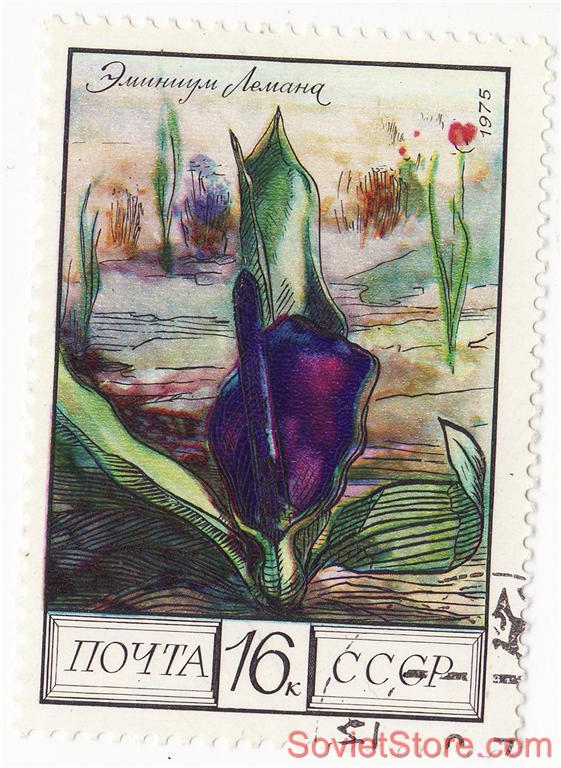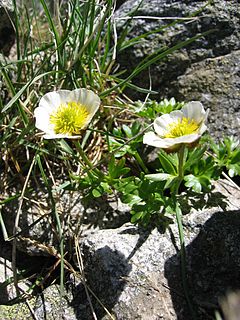SearchProduct Type
|
Add us to: Favorite Stores Item's weight: less then 1 g.
Stamp Authenticity Since 1939 till 1990 Lithuania suffered 3 occupations: 1 German (1941-1944) and 2 Soviet (1939-1941, 1944-1990), one of which lasted 46 years. In WWII occupations were based on violent battles between Germans and Russians. These historical events left a lot of stuff behind them selves. Almost every family in Lithuania has something left, related to USSR history in their forgotten drawers. So we are just traveling around lithuanian countrysides and collecting this memorabilia. Item is original, genuine, authentic, unique, not a copy or replica - has 2-12 decades of it's own unique history.
Ranunculus is a large genus of about 400 species of plants in the Ranunculaceae. It includes the buttercups, spearworts, water crowfoots and the lesser celandine (but not the greater celandine of the poppy family Papaveraceae). They are mostly herbaceous perennials with bright yellow or white flowers (if white, still with a yellow centre); some are annuals or biennials. A few have orange or red flowers and occasionally, as in R. auricomus, petals may be absent. The petals are often highly lustrous, especially in yellow species. The Water crowfoots (Ranunculus subgenus Batrachium), which grow in still or running water, are sometimes treated in a separate genus Batrachium. They have two different leaf types, thread-like leaves underwater and broader floating leaves although for some species, such as R. aquatilis, a third, intermediate leaf form occurs. Buttercups usually flower in April or May but flowers may be found throughout the summer especially where the plants are growing as opportunistic colonisers, as in the case of garden weeds. All Ranunculus species are poisonous when eaten fresh by cattle, horses, and other livestock, but their acrid taste and the blistering of the mouth caused by their poison means they are usually left uneaten. Poisoning can occur where buttercups are abundant in overgrazed fields where little other edible plant growth is left, and the animals eat them out of desperation. Symptoms include bloody diarrhea, excessive salivation, colic, and severe blistering of the mucous membranes and gastrointestinal tract. When Ranunculus plants are handled, naturally occurring ranunculin is broken down to form protoanemonin, which is known to cause contact dermatitis in humans and care should therefore be exercised in excessive handling of the plants[1]. The toxins are degraded by drying, so hay containing dried buttercups is safe. Ranunculus species are used as food plants by the larvae of some Lepidoptera species including Hebrew Character and Small Angle Shades. Some species are popular ornamental flowers in horticulture, with many cultivars selected for large and brightly coloured flowers.
Partial species list
and many more SardonicThe term sardonic (sardanios), "bitter or scornful laughter", is often cited as deriving from the name of the Sardinian plant Ranunculus sardous, known as either σαρδάνη (sardanē) or σαρδόνιον (sardonion). When eaten, it would cause the eater's face to contort in a look resembling scorn (generally followed by death). It might also be related to σαίρω (sairō) "I grin".
References
The free listing tool. List your items fast and easy and manage your active items. On Jul-05-08 at 12:43:50 PDT, seller added the following information:
| Return
Items must be returned within 30 days .
Refund will be given as Money back. Refund policy details: Return is accepted at any reason. Item(s) must arrive to us not later then 30 days after it was shipped out (you will be informed about this immediately after it will be done). Returned items must be the same item in the exact same condition as originally shipped. Refunds are for the final eBay item purchase price only, less a 10% restocking fee. Shipping costs, insurance, and handling charges (if any) are non refundable. Returns must be shipped insured. Shipping
Payment Method
Insurance
Not Offered (Domestic)
|
Shopping Cart |
||||||||||||||||||||||||||||||||||||||||||||||||||||||||||||||||||||







